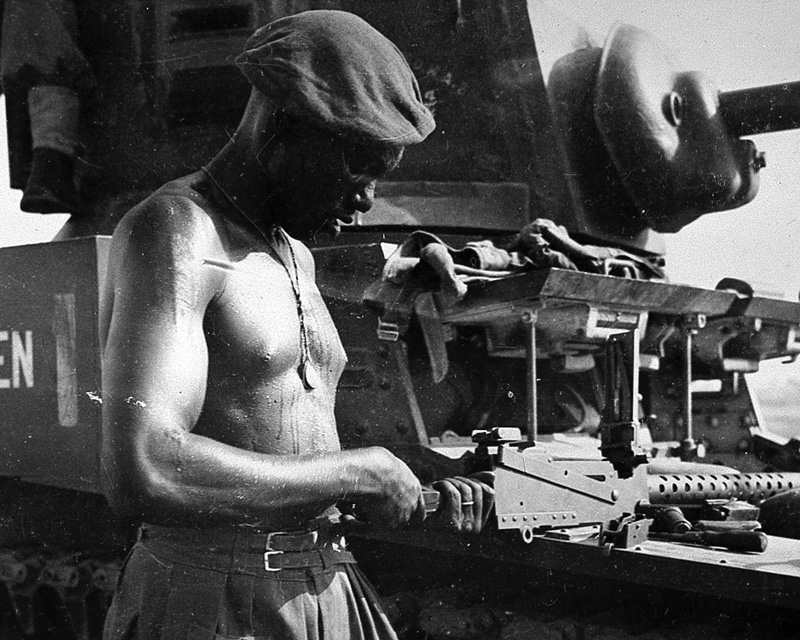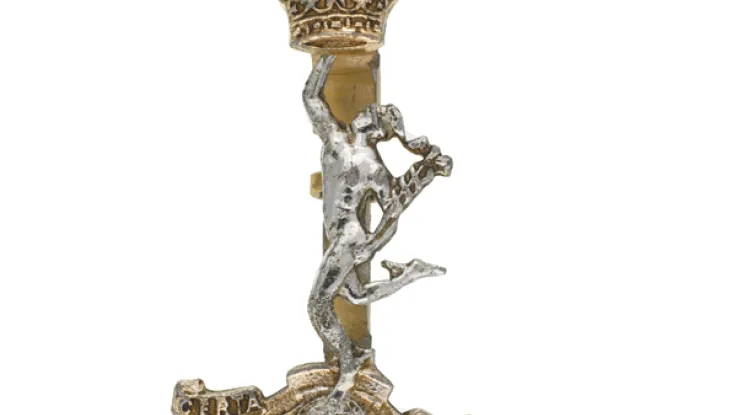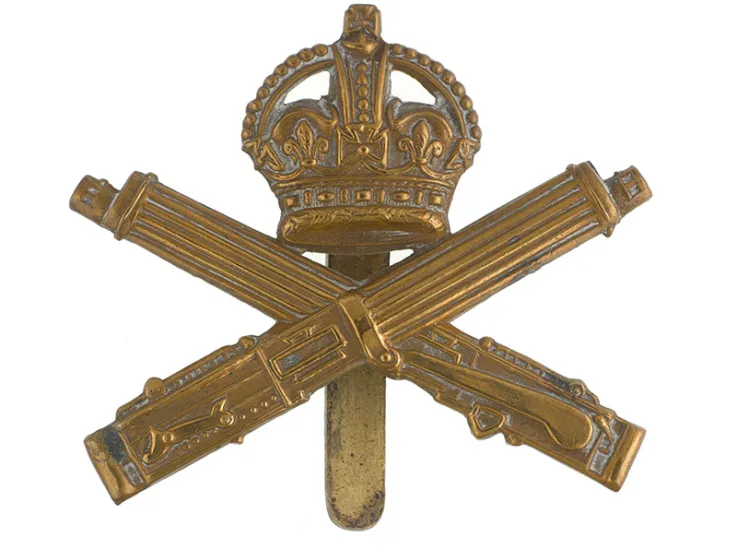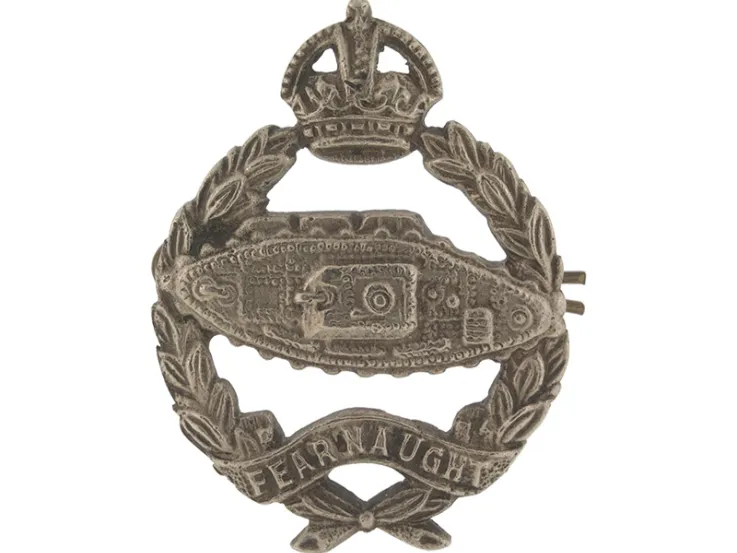Origins
The Reconnaissance Corps (RC) was established in January 1941. Its units were tasked with gathering tactical information for infantry divisions, scouting ahead and screening the flanks of these formations as they advanced. The Corps was equipped with Bren Carriers, armoured cars, light tanks, jeeps and lorries.
The RC recruited from across the Army, but its soldiers were expected to be adaptable and resourceful. They also had to pass an intelligence test before being trained as drivers, wireless operators, mechanics or assault infantrymen. Most RC soldiers could perform at least two of these roles.
Units
Each reconnaissance unit bore the number or name of the infantry division it served with. Some were subsequently assigned to other divisions, but retained their original number or name.
Until June 1942, the Corps gave its units the infantry designations of battalions and companies. It then adopted the cavalry nomenclature of regiments and squadrons.
The RC became part of the Royal Armoured Corps (RAC) in 1944. However, it retained its own cap badge, featuring two lightning bolts supporting an upright spear.
During the Second World War (1939-45), RC units served in the Middle East, East Africa, North Africa, Italy, North-West Europe and the Far East.
Legacy
After the war, most reconnaissance units were no longer needed. The RC was disbanded in August 1946 and reconnaissance duties became solely the responsibility of the RAC’s units.
Regimental museums
The National Army Museum works with a network of Regimental and Corps Museums across the UK to help preserve and share the history and traditions of the Army and its soldiers.
Discover more about the Reconnaissance Corps by visiting The Tank Museum in Bovington.










